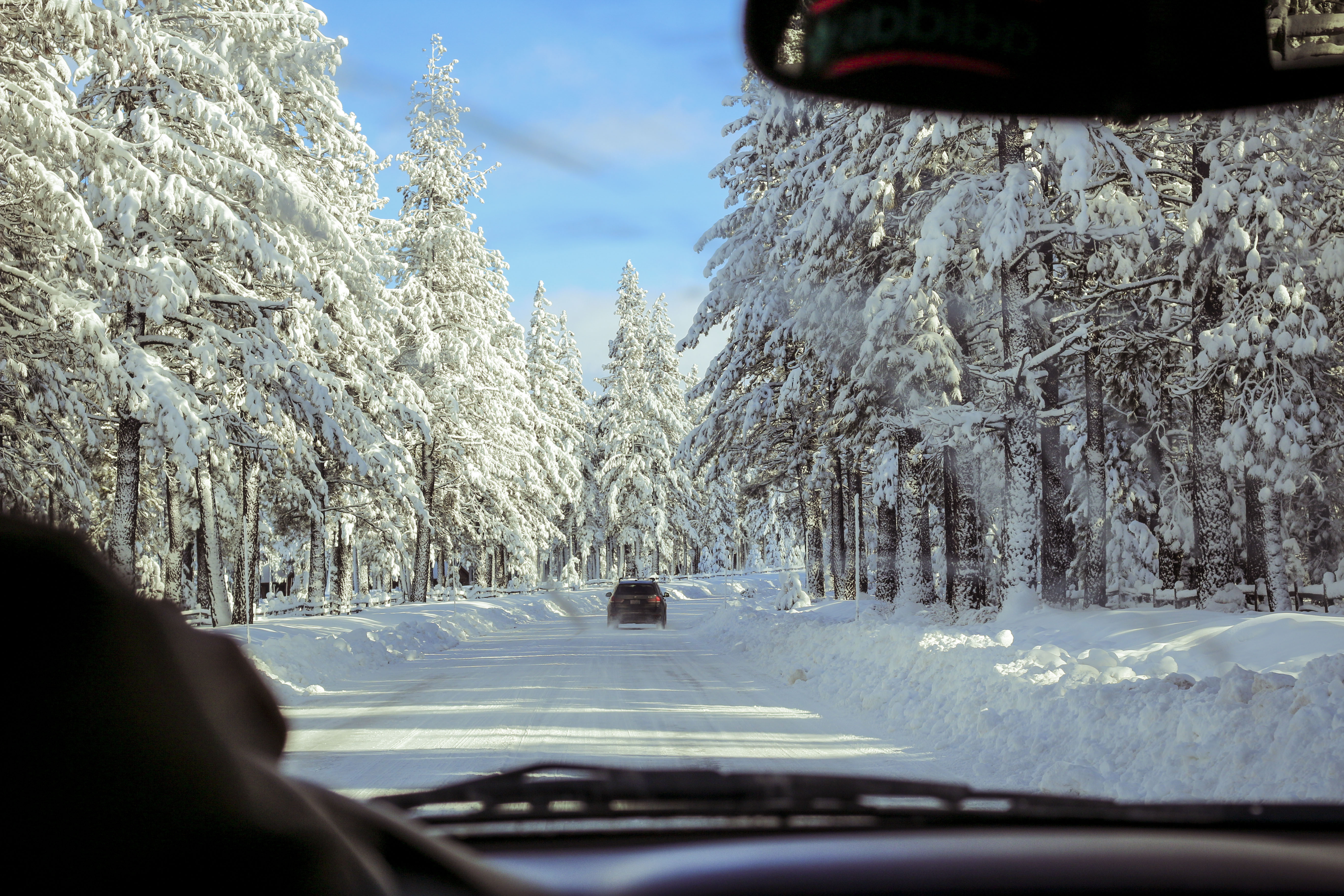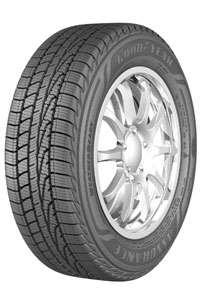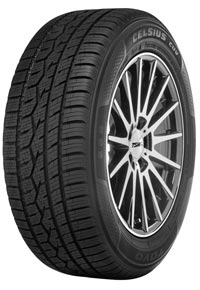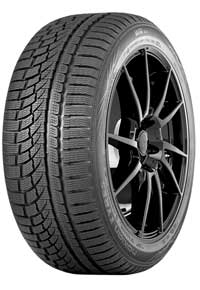Your Shopping Cart
Your cart is empty.
Subtotal ( items)
Instant Rebate Applied:
Promo Code Applied: ID.me Discount Applied:
Have a Promo Code?
Size:
Item
Item
Selected for:
/ each
Add-Ons
Wireless air pump capable of pumping up to 150 psi with 2000 MAH power bank.



Fully protect your clothes and vehicle interior during transportation of your tires. For Tires up to 31" tall and wheels up to 22".
Per sensor
Add TPMS Sensors
/per sensor
Please confirm the make, year, model and trim of the vehicle you want to purchase for:
How many sensors do you need?
The vehicle you have selected is not compatible with aftermarket TPMS Sensors.
Enter a different vehicle to add TPMS sensors

 Front Tire Size:
Front Tire Size:
 Rear Tire Size:
Rear Tire Size:
 Your Vehicle:
Your Vehicle:
Pros & Cons of Staggered Fitment

Attractive Design

Improved Handling

Improved Cornering
Bumpier Ride
Poor Traction in Snow
How do I find my tire size?



Need help?
 Your Vehicle:
Your Vehicle:
Pros & Cons of Staggered Fitment

Attractive Design

Improved Handling

Improved Cornering
Bumpier Ride
Poor Traction in Snow
How do I find my tire size?



Need help?
Pros & Cons of Staggered Fitment

Attractive Design

Improved Handling

Improved Cornering
Bumpier Ride
Poor Traction in Snow
Need help?
Need help?
How do I know if I have an LT tire?

 Your Vehicle:
Your Vehicle:
Sorry, we could not find any available
wheels for your sizing selections.
Need help?
All-Season Vs All-Weather Tires: What’s The Difference, Really?
By Tire Agent Staff
January 04, 2022
All season versus all weather -- what's the difference? There are slight differences between the two, but there is also a lot of overlap.
It's like that thing you learned in grade school math class -- all rectangles are squares, but not all squares are rectangles. Remember? Similarly, not every all-season tire is an all-weather tire, but every all-weather tire is an all-season tire.
Simply put: You can both types of tires year-round. All-season tires are ideal for mild winter, spring, summer and fall conditions. All-weather tires are ideal for more extreme conditions -- heavy snow, rain, slush and mud.
Want to know more? Read on. Ready to get back to shopping? Tap or click the blue button to shop for tires online.
Key Things You Need to Know About All-Season Tires
-
All-season tires combine the best of summer and winter tires into one tire that performs well in both warm and cold, wet and dry weather conditions. They are designed for balanced performance and perform well in both summer and winter seasons.
-
These tires mean drivers can use the same set of tires all year round, with no seasonal changes required. They are meant to be used in any temperature above 7°C, making them suitable for mild climates.
-
All-season tires won't provide the same amount of extreme grip and sharp handling of a summer tire, but they generally imply performance capability in a wide variety of temperatures, conditions, and weather.
-
Regular checking and maintenance of your tires is key to ensuring optimal performance and safety. Look for certified with the three-peak mountain snowflake for a seal of approval indicating the tire has been tested for winter conditions.
Defining All Season and All Weather
Every tire comes with various ratings to help consumers compare how different tires may perform. This includes ratings established by the U.S. Department of Transportation (DOT) National Highway Traffic Safety Administration (NHTSA) through their Uniform Tire Quality Grade Standards (UTQG). These standards include treadwear, traction and temperature, which refers to how well the tire resists and dissipates heat. Tires also have speed and load ratings, referring to the safest top speed and the carrying capacity of the tire.
With so many ways to compare tires, the additional terms like all-season and all-weather, while intended to make it simpler for the consumer to understand, doesn't really tell us if a tire is suitable for our daily driving needs.
What does all-season mean?
All-season tires handle moderate driving conditions you might experience through each of the four seasons. Manufacturers engineer them to safely perform in rain, heat and snow, but only if these conditions are mild, not extreme. You can think of all-season tires as the jack of all trades of the tire world. So while they would work with the light snow of early December, they would not perform as well with heavy snow.
What does all-weather mean?
All-weather tires handle more severe driving conditions you might experience through each of the four seasons. They are engineered to safely perform with heavier rain, more extreme heat and heavier snow. Oftentimes this comes down to more rugged construction, special tread patterns and deeper tread channels for enhanced traction. The ability to perform under difficult weather conditions sometimes reduces elements of ride comfort. For example, you may find that all-weather tires are noisier than their less rugged counterparts.
What’s Best for Winter Driving: All-Season or All-Weather?
Once you understand the basic differences between all-season and all-weather tires, you still need to consider how much winter your area experiences. All-season tires can handle moderate driving conditions and all-weather tires work under more serious weather, but what about true winter driving?
If you live in an area that has mild seasons and rarely gets more than a dusting of snow in winter, all-season tires are a good bet. If you live in an area that has winter storms, ice and a moderate amount of snowfall, a good all-weather tire would be best. These will offer you improved traction and control, along with better stopping distances.
It should be noted that while all-weather tires work well on snow and ice, they may be insufficient if you live in an area that experiences extreme snowfall. If that describes your area, you may want to use chains or switch to winter tires for the most harsh months.
Examples of All-Weather Tires
All-weather tires provide drivers with a safe and reliable ride all year long, even if you find yourself in heavy rain, snow and ice. The following are a few all-weather tires you can
Goodyear Assurance WeatherReady
Goodyear engineered these tires to offer great traction in snow, ice and rain. Featuring rubber from soybean oil, the tire is pliable enough to grip the road even under seriously cold and snowy conditions. It has asymmetric treads that efficiently disperse water for better traction in rain. The treads evolve with use, with grooves that go from deep to wide so they perform just as well as the tire ages. And unlike some tires in this category,
Goodyear's WeatherReady tires reduce road noise, so you have a more enjoyable ride.
Toyo Celsius CUV
This may be considered a touring tire, but Toyo engineered it to perform like an all-weather tire, thanks to a series of built-in features. For example, it has variable sipes on the inside and outside tread to offer better traction on roads that are dry, wet, snowy and icy. Snow claws and slush grooves further enhance performance to evacuate slush and grip the road. Circumferential grooves provide extra water clearance to reduce r
isk of hydroplaning. Drivers can count on a smooth and quiet ride thanks to the low profile design.
Nokian WRG4
WRG4 by Nokian is a high-performance tire that provides drivers with the perfect mix of performance and driving experience, offering a stable ride in every season. For light snow conditions, it features snow claws that provide better side-to-side grip. Sipes and circumferential grooves with extra water clearance reduce the risk of hydroplaning and increase safety under raining conditions. Drivers will also enjoy great handling and a quiet ride, even at higher speeds, thanks to silent sidewalls and groove lifts.
How to Qualify for the $50 Offer
- Add items to your cart and begin checkout.
- Select PayPair and apply for financing.
- If you’re approved by a participating lender, you’ll see a $50 promotional rebate applied to your order total.
-
To receive the $50, you must:
- Complete your purchase with a qualifying lender,
- Agree to the payment terms,
- And make the required number of consecutive on-time payments, as specified by the lender.
Note: Offer available only through select lenders. Additional eligibility requirements and conditions apply. Rebate may be issued after verification of qualifying payment activity. Terms subject to change.
How to Purchase Tires and Wheels
With a Payment Plan
Tire Agent's payment plans make it easy to get the best partial or full set of tires and wheels for your vehicle.
It's fast, secure and won't affect your credit score
Match with multiple lenders
Why Choose PayPair?
PayPair’s Partners and Plans

No Money Down

No Money Down

No Credit Needed*

No Money Down

$1 to Start!*

No Money Down

No Credit Needed*

$1 to Start!*

No Money Down
Other Payment Plans

$0 to Little Down

Pay with your bank account

Simplified checkout experience

Faster and easier than using cards or cash

Simplified checkout experience

Faster and easier than using cards or cash
*SNAP: The advertised service is a lease-to-own agreement provided by Snap RTO LLC. Lease-to-own financing is not available to residents of Minnesota, New Jersey and Wisconsin. NO CREDIT NEEDED: Not all applicants are approved. While no credit history is required, Snap obtains information from consumer reporting agencies in connection with applications, and your score with those agencies may be affected. PAYMENT PLAN: The standard plan consists of renewable lease terms. To exercise an early ownership, consumers must make regular payments on time and schedule additional payments via the customer portal or by contacting Customer Care at 1-877-557-3769. KATAPULT: The Promotional Initial Payment (plus any applicable taxes and fees) is due at lease signing. Your lease-purchase payment amount will be determined after you select your product(s). You will not acquire ownership of the product(s) if the total amount necessary to acquire ownership is not paid. The Promotional Initial Payment does not reduce the cost of the lease-purchase agreement. The Promotional Initial Payment is only available when shopping at Tire Agent through the Katapult mobile app and at Tire Agent’s website. Product pricing subject to change and availability. Disclosure: 90-day early purchase option (EPO) terms and conditions apply: 90-Day (3 months in CA) You can buy out your lease-to-own agreement within the first 90-days. This amount includes the cash price, plus the lease-to-own cost for the first 90-days. Taking advantage of the 90-day purchase option will save you the most money! PROGRESSIVE: Ownership by rental/lease agreement with Progressive Leasing costs more than the retailer’s cash price. Select items only. Cancel or purchase early at any time. Not available in MN, NJ, VT, WI, WY. Progressive Leasing obtains information from credit bureaus. Not all applicants are approved. Standard agreement offers 12 months to ownership. 90-day purchase options cost more than the retailer’s cash price (except 3-month option in CA). To purchase early or to cancel lease, you must call 877-898-1970. Retailer cannot activate early purchase options.




